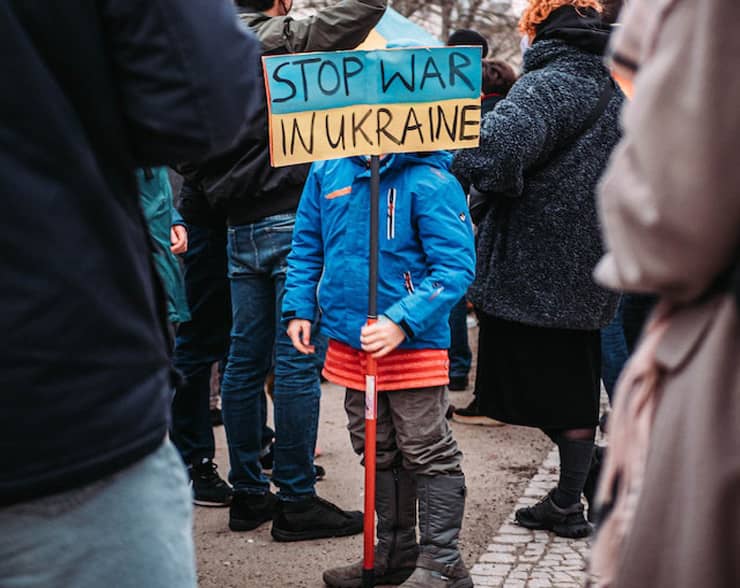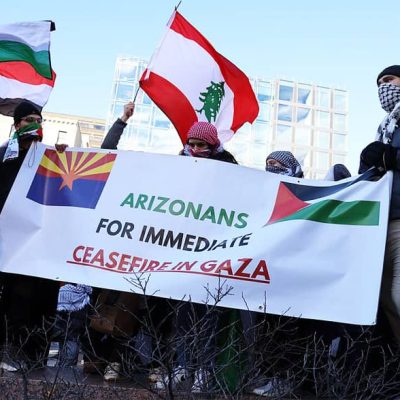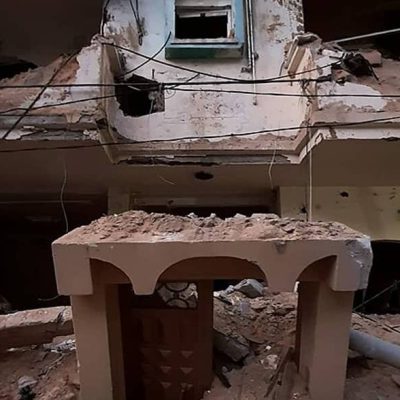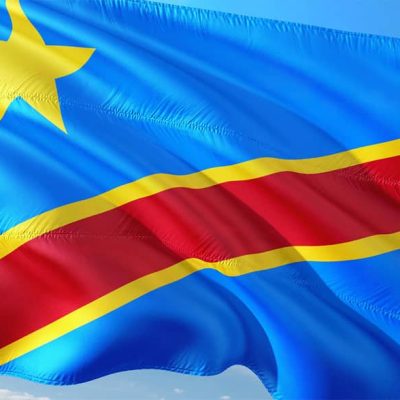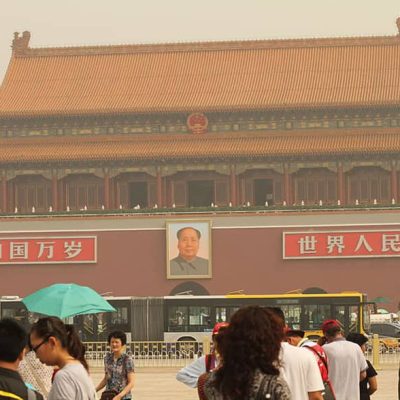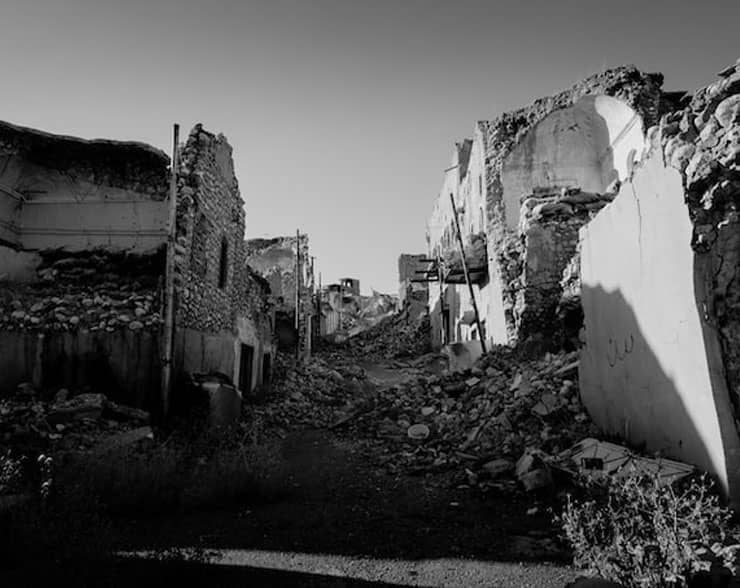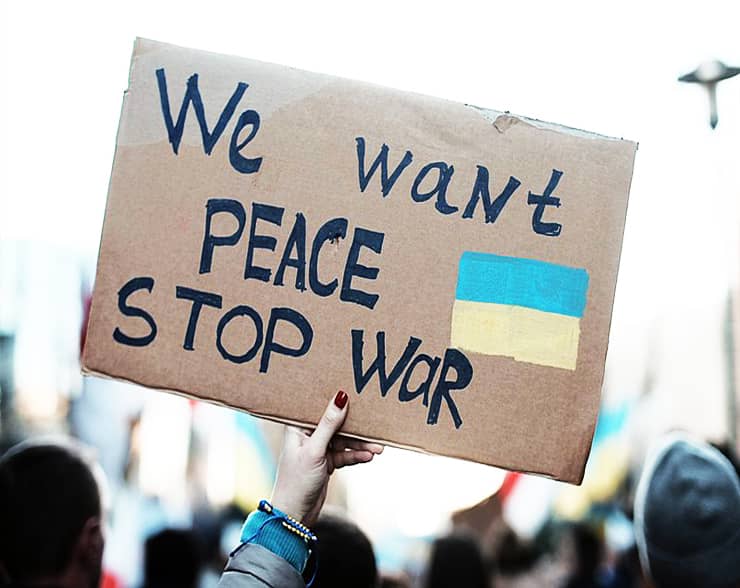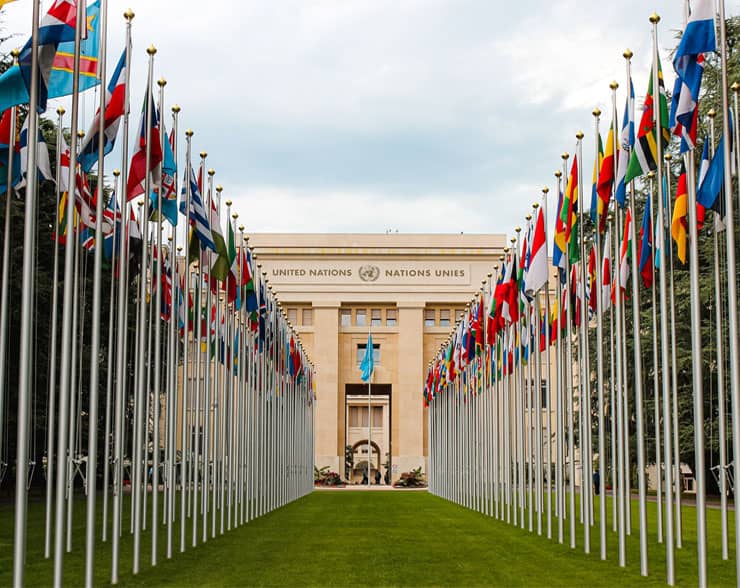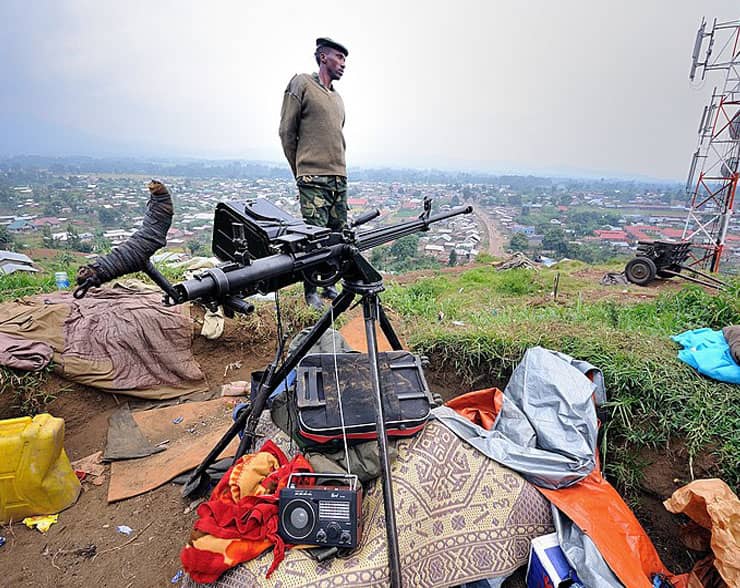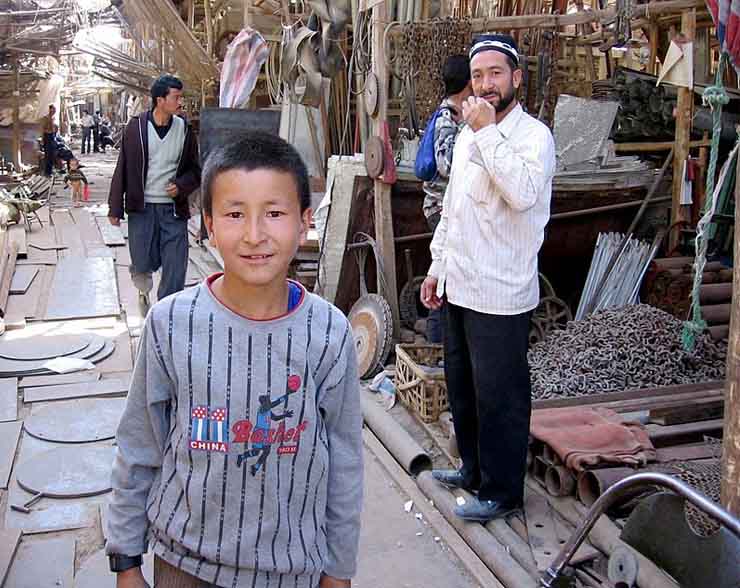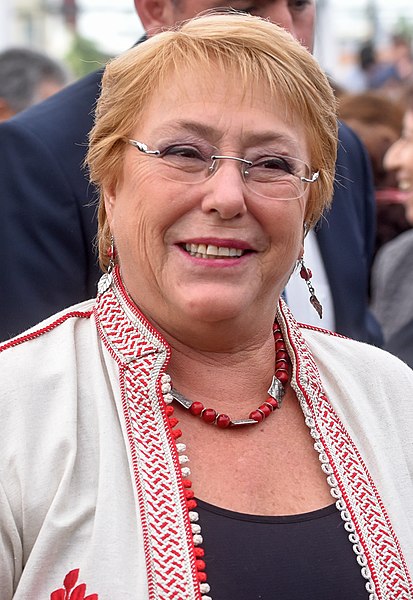 Appeals
Appeals
Confidence-building Measures in Asia-Pacific: Reversing the Slide to Violence.
Featured Image: Photo by wu yi, Unsplash
With U.S. and Chinese military engaged near Taiwan, a miscalculation could lead to armed violence. The armed conflict in Ukraine has heightened the debate on the possibility of armed conflict between China and Taiwan.
Tensions between the two Korean states remain high. The border clash between Indian and Chinese forces in June 2020 has highlighted residual tensions between the two countries. One could add other tensions in the Asia-Pacific area to the list.
Less obvious are the possibilities of confidence-building measures that would reduce these tensions and might open doors to cooperation in the security, economic and social spheres.confidence-building.
Image: Foto de Matti Karstedt: https://www.pexels.com/es-es/foto/una-nina-protestando-contra-la-guerra-en-ucrania-11284549/.
Preliminaries to Russia-Ukraine Negotiations: The Key Role of China.
Confidence-Building.
There are confidence-building measures that can be undertaken by governments. Where as we, outside of governmental positions, can make suggestions as to steps that governments could take, we nevertheless have little possibility to oblige action by them. Thus we have to consider what confidence-building measures we as academics and non-governmental organization activists can undertake.
Fortunately, we have long experience of working to reduce the tensions between the U.S.A. and the Soviet Union (NATO and the Warsaw Pact) which led to the Helsinki Agreements and finally the end of the Cold War. Much of the analysis is still of value such as Mary Kaldor (Ed) Europe from Below (London: Verso: 1991). Many of the peace organizations that were involved are still in existence and could focus on Asia-Pacific issues.
There have also been efforts on confidence-building in the Israel-Palestine conflict and in the wider Middle East. Repeated efforts concerning tensions between India and Pakistan often focused on the tensions in Kashmir.

Mary Kaldor, The World Transformed 2018 in Liverpool. By Kevin Walsh from Preston Brook, England, CC BY 2.0 <https://creativecommons.org/licenses/by/2.0>, via Wikimedia Commons.
Processes of Dialogue have a Value.
Today, there is a need to draw upon these experiences to impart conflict resolution skills to new individuals and groups, thereby building and expanding the constituencies working for conflict reduction measures. New participants can have backgrounds in psychology, religion, law and communications with experience in social movements and community action programs.
There is also a need to draw upon categories of people who were not directly involved in earlier efforts. Often women were marginalized not only in government negotiations but even in non-governmental efforts. These processes of dialogue have a value in deepening understanding of a situation.
However, the emphasis should be on developing proposals for confidence-building measures.
Need for concerted action to reduce the slide to violence.
Tensions in the Asia-Pacific area are growing, and there is a need for concerted action to reduce the slide to violence. As Don Carlson and Craig Comstock point out in their book, Citizen Summitry: Keeping the Peace when it matters too much to be left to politicians (Los Angeles: Jeremy P. Tacker, Inc. 1986):
“Nobody made a greater mistake than he who did nothing because he could only do a little.”

President, Association of World Citizens (AWC).
Estudied International relations in The University of Chicago.
Estudied Special Program in European Civilization en Princeton University
Here are other publications that may be of interest to you.
Burma’s Crumbling Junta
February first marked the anniversary of the military coup which overthrew the government of Aung San Suu Kyi in 2021. She was in practice the leader of the government but…
Preventing the Expansion of the Gaza Conflict: Are Peace Brigades a Possibility?
Antony Blinken, the U.S. Secretary of State, has been again in the Middle East working to prevent the violence of the Gaza Strip of spreading to much of the area. …
World Citizens Call for an Inmediate End to Hostilities between Israel and Hamas, and for a Genuine Peacebuilding Effort in the Middle East.
Featured image: The impact of the Israeli bombing on a civilian building in Gaza (2021). By Osama Eid, CC BY-SA 3.0 https://creativecommons.org/licenses/by-sa/3.0, via Wikimedia Commons. The AWC, a Nongovernmental Organization…
World Humanitarian Day: A Need for Common Actions.
Featured Image: Photo by Wylly Suhendra on Unsplash. The United Nations General Assembly has designated 19 August as “World Humanitarian Day” to pay tribute to aid workers in humanitarian service…
Peace Planners: Awake!.
Featured Image: Photo by Eddie Kopp, Unsplash. The recent NATO Summit in Vilnius is an indication that the war planning community is busy at work in the spirit of Von…
Track Two Efforts Needed to Reduce China-India Frontier Tensions.
Featured Image: Arunachal Pradesh – India. Photo by Unexplored Northeast, Unsplash. There has been a constant buildup of military forces by the governments of both India and China along their common frontiers. …
Democratic Republic of Congo: Sky Getting Darker.
Photo by jorono, Pixabay. The armed conflict in the eastern area of the Democratic Republic of Congo (RDC) on the frontier with Rwanda seems to be growing worse and is…
World Refugee Day.
June 20 is the United Nations (UN)-designated World Refugee Day; marking the signing in 1951 of the Convention on Refugees. The condition of refugees and migrants has become a “hot”…
4 June: Memories of Tiananmen Square.
4 June makes the security forces in China somewhat uneasy, especially in Hong Kong where, in the past, there were large memorial meetings tp remind people of 4 June 1989…
International Day of the Oceans.
Featured Image: Photo by Marek Okon, Unsplash. Progress on Asian Maritime Delimitations Needed. 8 June has been designated by the United Nations General Assembly as the International Day of the Oceans to…
